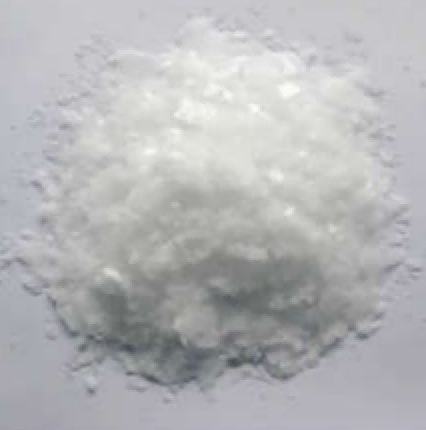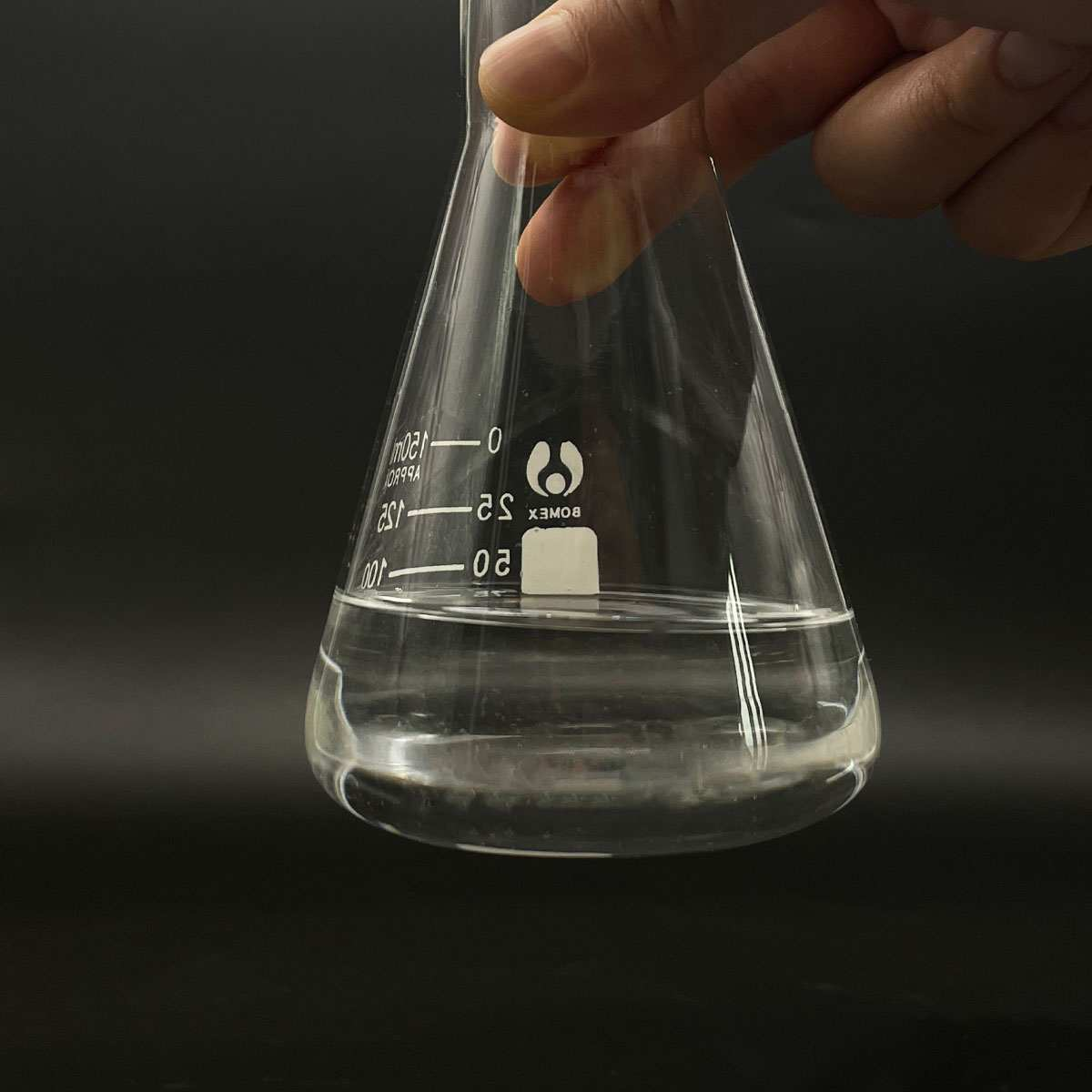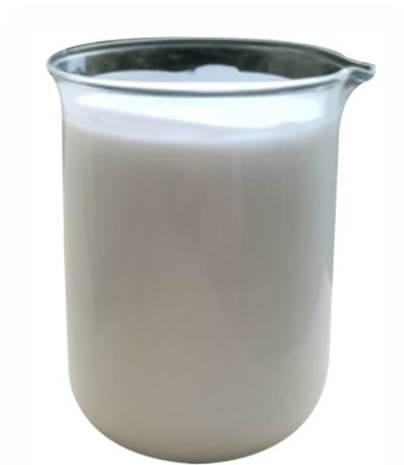1. Introduction
When you hear ‘sodium lauryl sulfate,’ your mind probably jumps to shampoo or toothpaste. But beyond the bathroom cabinet, this versatile anionic surfactant plays a surprisingly important role in agriculture—specifically in herbicide formulations. Farmers and agronomists often add surfactants to weed killers to boost performance, and sodium lauryl sulfate (also known as sodium dodecyl sulfate or SLS) is one of the go-to choices in certain niche applications.

Unlike household products where mildness matters, agricultural surfactants prioritize function: spreading, sticking, and penetrating tough plant cuticles. SLS delivers on these fronts, especially when cost, solubility, and compatibility are key concerns.
2. Why Surfactants Matter in Herbicides
The meaning of surfactant is simple: surface-active agent. These molecules reduce surface tension, allowing liquids to spread more evenly on waxy or hairy plant surfaces. Without a surfactant, herbicide droplets might bead up and roll off—wasting product and reducing weed control.
In agricultural settings, surfactants like sodium lauryl sulfate act as wetting agents for grass and broadleaf weeds alike. They’re often called ‘lawn wetting agents’ in consumer products, but in professional farming, they’re critical adjuvants that can make or break a spray application.
- SLS improves droplet adhesion to leaf surfaces
- Enhances penetration of active ingredients like glyphosate
- Works well in hard water compared to some non-ionic alternatives
3. Sodium Lauryl Sulfate vs. Other Surfactants in Crop Protection
Not all surfactants are created equal. While SLS is anionic, others fall into non-ionic, cationic, or amphoteric categories. For herbicide use, anionic surfactants like sodium lauryl sulfate and sodium dodecylbenzene sulfonate are common due to their strong wetting power and low cost.

However, formulators sometimes blend SLS with methylated seed oil (MSO) or alkyl polyglucoside to balance performance and phytotoxicity. MSO boosts cuticle penetration, while alkyl polyglucoside—a bio surfactant—offers eco-friendly properties without sacrificing efficacy.
Non-ionic surfactants like polysorbate 80, Span80, or ethoxylated alcohols are also popular, especially in glyphosate mixes. But they can struggle in cold or hard water—situations where SLS shines.
4. The Chemistry Behind SLS in Spray Tanks
Sodium lauryl sulfate (C12H25SO4Na) is derived from dodecyl alcohol and functions by orienting its hydrophobic tail toward plant waxes and its hydrophilic head toward the spray solution. This dual nature disrupts surface tension instantly.
It’s often confused with sodium laureth sulfate (also called sodium lauryl ether sulfate or sodium lauryl ether sulphate), which is ethoxylated and milder—but less effective as a wetting agent in agriculture. SLS sodium lauryl sulfate remains preferred for its raw performance, even if it’s harsher on skin.
Other related compounds like ammonium lauryl sulfate or sodium coco sulfate may appear in formulations, but SLS offers the best balance of availability, solubility, and cost for large-scale use.
5. Practical Use: How Much SLS to Add?

For most post-emergent herbicides, the recommended surfactant rate is 0.25% to 1% by volume—roughly 1–4 teaspoons per gallon of water. When using sodium lauryl sulfate for sale from suppliers like Rohit Surfactants Private Limited, always follow label instructions.
Overuse can cause leaf burn, especially in hot weather. That’s why some growers opt for milder amphoteric surfactants like cocamidopropyl betaine (also called coco betaine or amidopropyl betaine), which work well in blends but lack the raw wetting power of pure SLS.
6. Emerging Trends and Alternatives
With rising demand for sustainable farming, bio surfactants like decyl glucoside, coco glucoside, and sodium cocoyl glutamate are gaining traction. These are derived from coconut or corn and are biodegradable.
Yet, they often cost more and may not perform as consistently under field conditions. Similarly, fluoro surfactants offer ultra-low surface tension but face regulatory scrutiny.
Classic anionic surfactants like sodium lauroyl sarcosinate or sodium cocoyl isethionate are too mild for herbicide use. Meanwhile, cationic surfactants like cetyl trimethyl ammonium bromide (CTAB) can bind to negatively charged herbicide molecules and reduce efficacy—making them poor choices for most weed killers.
7. Conclusion
Sodium lauryl sulfate may be a household name in personal care, but its niche role in agriculture is equally impactful. As a cost-effective, high-performance anionic surfactant, SLS remains a staple in many herbicide tank mixes—especially where rapid wetting and hard water compatibility are needed.
While newer bio-based and amphoteric options are emerging, SLS continues to hold its ground thanks to decades of proven field performance. For farmers looking to maximize weed control without breaking the bank, sodium lauryl sulfate is still a smart, science-backed choice.
Our Website founded on October 17, 2012, is a high-tech enterprise committed to the research and development, production, processing, sales and technical services of ceramic relative materials such as Sodium. Our products includes but not limited to Boron Carbide Ceramic Products, Boron Nitride Ceramic Products, Silicon Carbide Ceramic Products, Silicon Nitride Ceramic Products, Zirconium Dioxide Ceramic Products, etc. If you are interested, please feel free to contact us.


